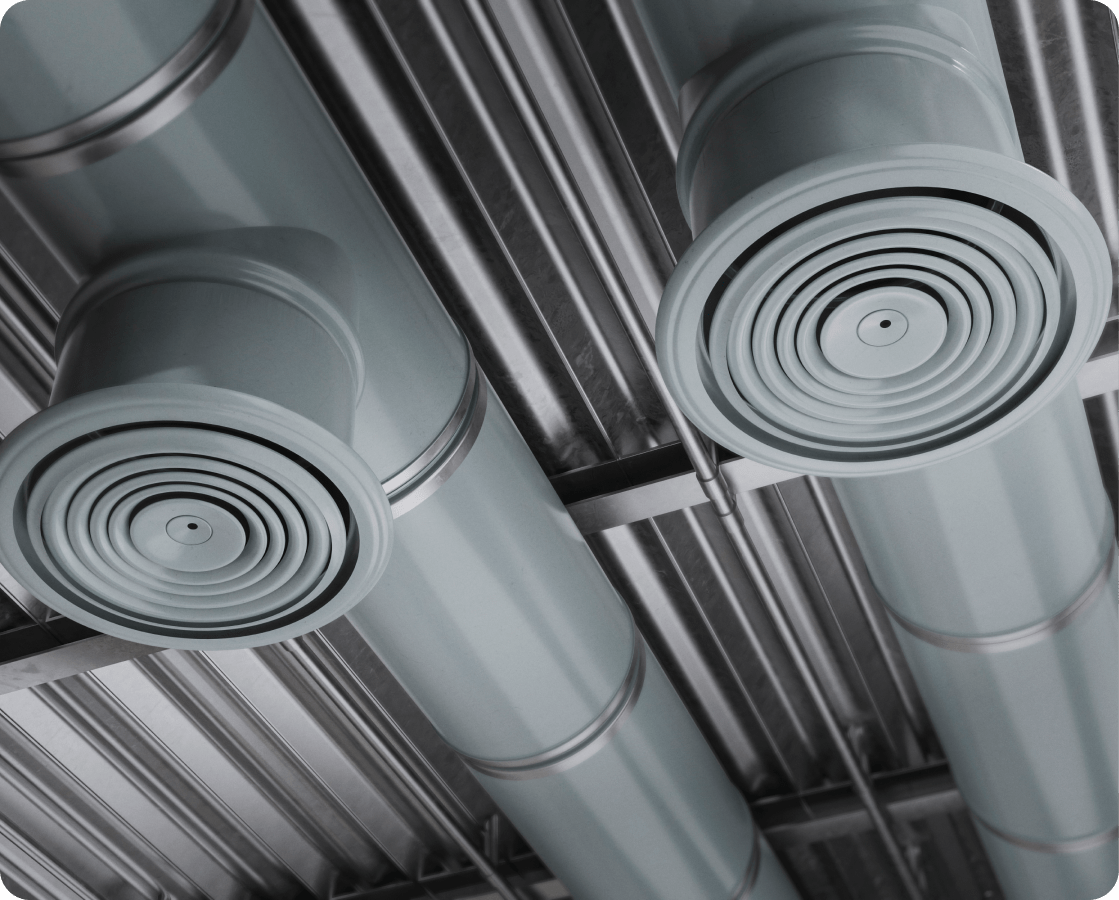Hazard & Risk Assessments
Our team can provide comprehensive fire risk assessments, covering the importance of assessing potential fire hazards, evaluating risks and consequences, and developing tailored mitigation strategies. Our team of experts uses the latest tools and techniques to conduct assessments for various industries, including energy storage, oil & gas, commercial, industrial, and residential properties.
Risk Assessment
Risk assessment involves the evaluation of likelihood and impact associated with the realization of a hazard(s). When evaluated against risk tolerance, risk assessment provides a powerful tool for identifying priorities, developing optimized risk management strategies, and ensuring that acceptable risk is achieved.
FRA has a wealth of experience in risk assessment, including the application of qualitative, semi-quantitative, and quantitative methods. We work with our clients to understand their needs and develop an approach that achieves stakeholder goals and meets applicable regulatory requirements.


PHA/HAZOP/HAZID
FRA offers comprehensive Process Safety Management (PSM) support, including facilitating process hazard analyses (PHA). We work with our clients to understand their needs and adapt the approach for a best-fit solution. Our engineers are experienced in accepted PHA methodologies, such as hazard identification (HAZID), hazard review and operability studies (HAZOP), What-If Analysis, Structured What-If Technique (SWIFT), Check List, Failure Mode and Effects Analysis (FMEA), “Bowtie” Analysis, Layers of Protection Analysis (LOPA), Fault Tree Analysis, and Event Tree Analysis. We help our clients to identify deviations, consequences, mission-critical controls, and existing safeguards and make recommendations for risk management.
Facility Siting Studies


Quantitative Risk Assessment (QRA)
Fire Risk Assessment
Our team has extensive experience in conducting fire risk assessments for a variety of applications, including energy storage, utilities, oil & gas, commercial, industrial, and residential properties. NFPA 551 guides on assessing the risks associated with fires, including evaluating the likelihood of a fire occurring, the potential for property damage, and the risk to occupants, the public, and emergency responders. Our fire risk assessments use the latest data and techniques in fire science and engineering to provide a comprehensive understanding of the associated risks. We use state-of-the-art software and analysis techniques to model fire scenarios and develop tailored mitigation strategies that comply with regulations. Our detailed reports clearly outline the risks and recommend specific actions to reduce them, while our team provides ongoing support to help clients manage and mitigate fire risks.


Fire & Gas Detection
Fire and gas detection studies are essential for identifying and managing the risks associated with fires and gas leaks in industrial facilities. Our team uses advanced modeling and simulation tools to assess the potential for fires and gas leaks and to identify the optimal placement of detection equipment to detect these hazards at the earliest possible stage. We work closely with our clients to ensure that our fire and gas detection studies are customized to their specific needs and compliant with all relevant safety regulations. We provide detailed reports that outline the potential fire and gas hazards associated with a facility, as well as recommended strategies for minimizing these risks. Our fire and gas detection studies incorporate the latest technologies and best practices in the field, including advanced sensors, wireless communications, and cloud-based data analysis.
Electrical Area Classification
Electrical equipment for use in, or around, atmospheres with flammable gases/vapors, combustible dusts, or ignitable fibers must be carefully selected to ensure it does not serve as an ignition source. FRA has extensive experience working with hazardous area classification requirements of the National Electrical Code (NEC), Canadian Electrical Code (CEC), and ATEX. We work with our clients to evaluate potential hazards, establish appropriate hazardous area classifications, determine necessary electrical installation requirements, and develop supporting engineering documentation. Our engineers can also conduct site inspections to evaluate existing installations and identify gaps and recommendations for remedial actions.


